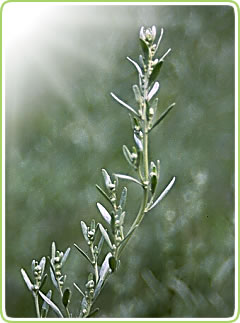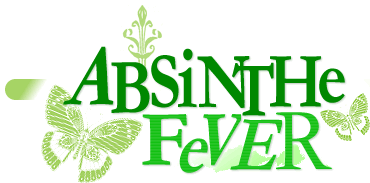
Home > All about absinthe > Thujone
Showing message 1 of 13 posted to:
Thujone in vintage vs. modern absinthe
-- By Michael Posner in London on Sat, 6 Jan 2007 at 17:12.
The thujone page fails to address the common myth regarding thujone levels in 19th century absinthe vs. present-day products. Also, no attempt is made to dispel the associated incorrect belief that "more thujone = more 'effective' absinthe".
Giving some space to these issues would be useful to the site's visitors.
In short:-
Despite popular belief, 19th century absinthes did *not* contain more thujone than the products available today. For a long time, it was thought that vintage absinthes were more thujone-rich than current varieties. This was shown to be a misconception once reliable testing methods for thujone content became available. Testing for thujone is painstaking, expensive and prone to errors, and accurate testing methods have only become available within the last few years. When vintage absinthes were first reliably tested for thujone, the results showed levels of thujone well within the current European standard.
Also, it is debatable whether or not thujone is the *only* compound responsible for the so-called absinthe effects. Genuine absinthe is a complex liquer, made from a range of different herbs, each with its unique properties. It is likely that some (or all) of these work in combination and so produce the effects that absinthe is known for. In my mind, thujone may not deserve *all* the credit here, though it undeniably plays an important role. But judging the quality of absinthe by its thujone content alone is crude and plain misguided. Absinthe is far more complex, and far more subtle, a drink.
Show all messages (13) posted to
the "Thujone" page
Copyright © 2006 AbsintheFever.com Contributors.
All Rights Reserved.

Thujone is found in a variety of common plants and herbs. In absinthe, thujone comes from wormwood (pictured), the wild-growing perennial that is especially rich in the substance. (Photo: H. Kress)

About thujone
The Wikipedia entry on thujone gives an overview of the substance's chemical composition and pharmacology. Also includes a brief discussion of thujone content in absinthe (modern and pre-ban).
Vivienne Baillie Gerritsen, writing for the Swiss Institute of Bioinformatics in 2005, isn't too thrilled by the Green Fairy's comeback. A scientific analysis of the effect of thujone, or a modern-day anti-absinthe rant? You decide.
Should you care to know that the substance's formal chemical name is "1-isopropyl-4-methylbicyclo[3.1.0] hexan-3-one", then the geeky 3Dchem's interactive 3-D model of the thujone molecule is a toy you'll like. Unfortunately, the associated article contains quite a few factual errors.




Questions about absinthe answered... plus open forum.
P_/thujone/forum/post thujone








